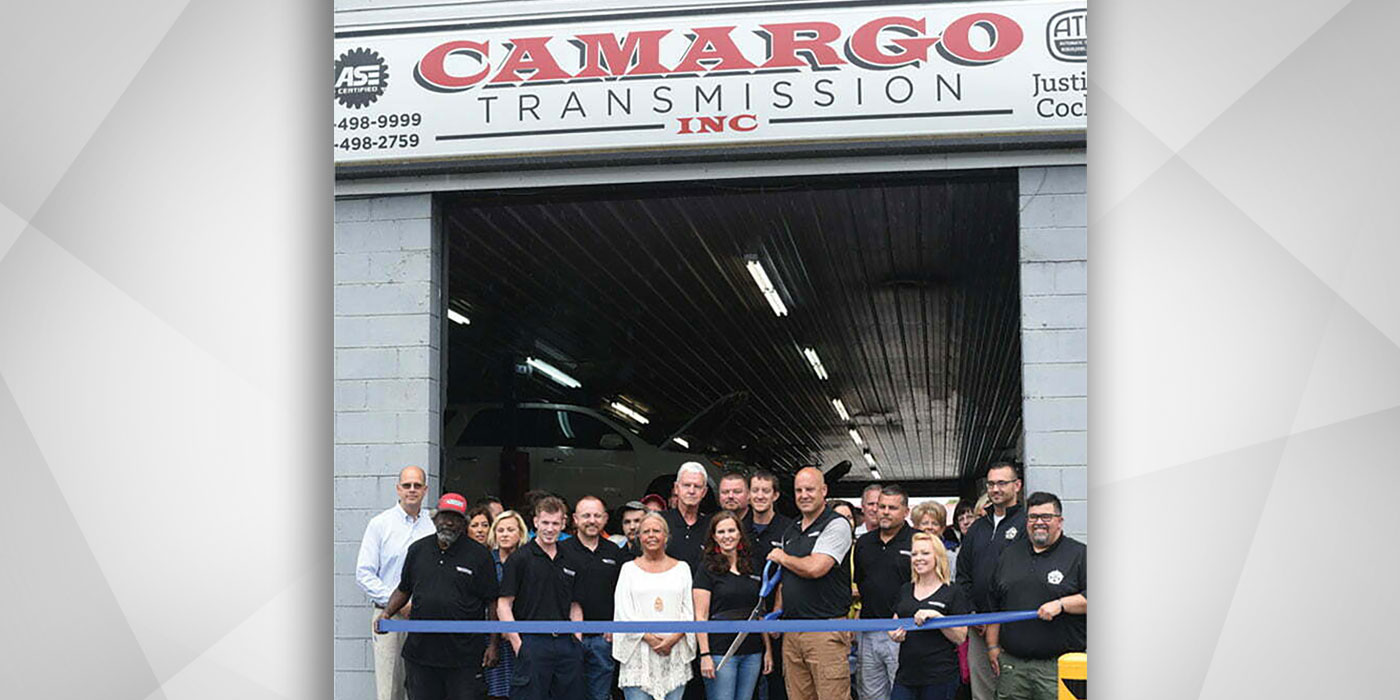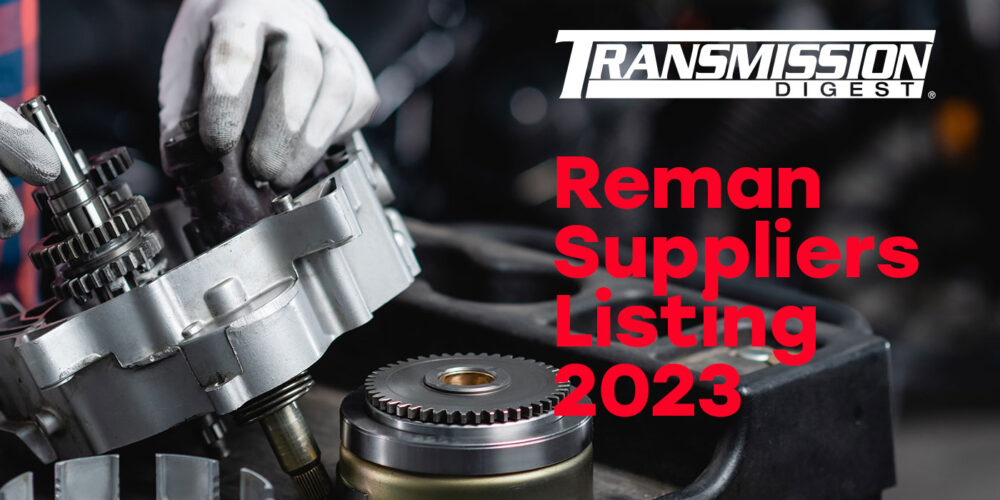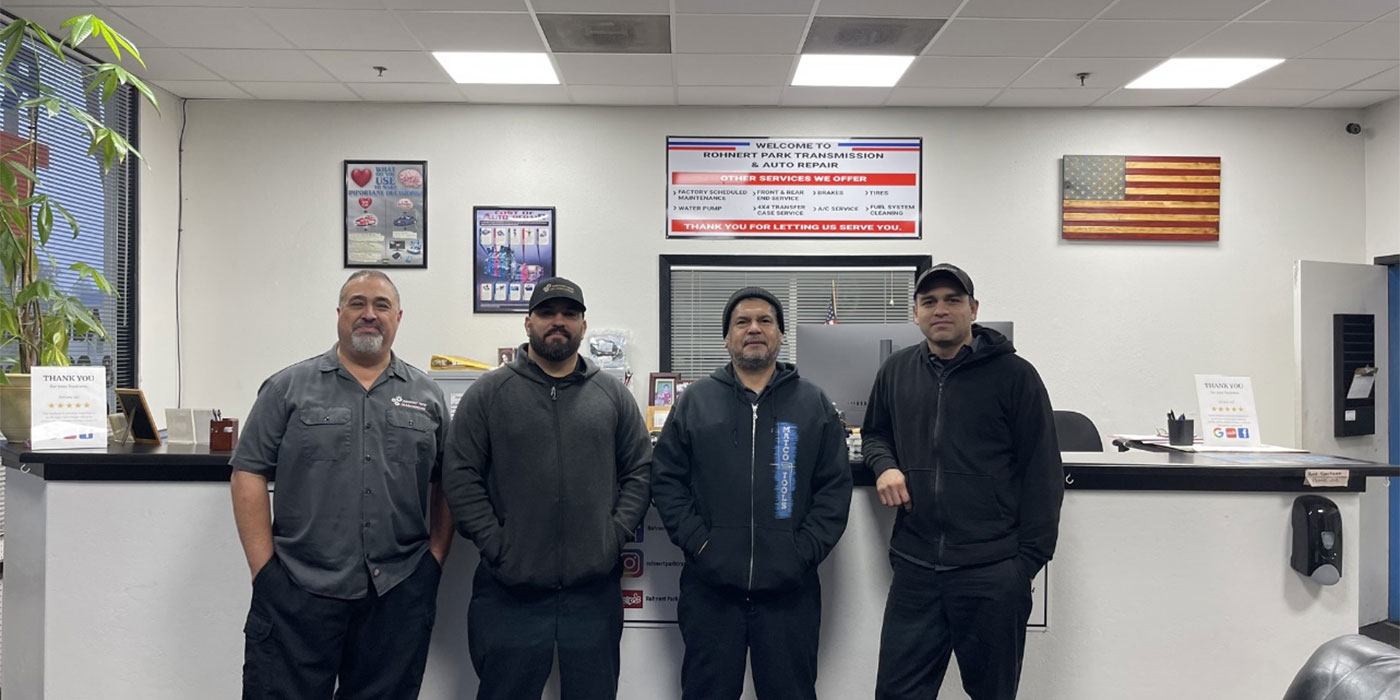
It’s Your Business
- Author: Terry Greenhut
- Subject Matter: Self-discipline
- Issue: Be consistent, aware, coolheaded
Third in a series on shop management focuses on self-discipline, the key quality necessary for a successful manager.
Successful owners or managers of automotive businesses wear many hats. They have to constantly think about how each move they make impacts the profitability of the business. How they deal with employees, suppliers, and customers, how good they are at marketing their services, how astute they are at managing production schedules and keeping comebacks to an absolute minimum, how well they price, sell, and manage the company’s money are all determining profit factors.
A winning manager always keeps in mind that the business exists to make a profit and it can only do that consistently if he or she truly cares that the best possible product is being produced by happy well trained employees.
It takes an awful lot of self-discipline to perform as a professional day after day and time after time, but it’s the only way to keep all the balls in the air.
Your customers judge you and your business based solely on the last job you did for them, so each one has to be as close to perfect as you can make it, and your employees watch you every spare moment they have, looking for cracks in your armor. What it all means is that you are on stage all day, every day, from the moment you arrive in the morning till you lock the front door at night. You are being watched, so as much as you might want to let down sometimes, you can’t ever. Those around you look for weaknesses to exploit. You can’t ever show them any. This all may sound a little paranoid to you but it’s factual. As a leader of people, you live in a bubble. Every move you make has meaning to someone, so care must constantly be taken.

Practicing self-discipline. Discipline is defined as a method of doing something the same way each time so it becomes more or less automatic. That makes it consistent and predictable. As a manager you want your employees to know what they can expect from you in any given situation. It makes them feel safe and comfortable in your care.
One facet of self-discipline is time management. In our business it helps to keep us out of crisis mode. By planning our time well we can anticipate problems so we can take care of them at our leisure instead of having to make snap decisions that can often be wrong and costly.
Planning begins the process. Each day’s production schedule, meetings, tactics, and strategies all require a plan. As a manager you plan for yourself, your people, and your company’s goals and objectives.
Communicating. Once you’ve made your plan, you need to let others in on it. This includes face-to-face conversation, phone calls, emails, texts, listening and walking around the shop looking for ways to help employees quickly find solutions to pop-up problems. One of the main reasons that so many multi-shop operations have failed over the years is that, as soon as there is more than one shop, the owner or general manager no longer has the time to walk around to catch and fix problems on the spot causing the shops to lose money. Think about all the small and large incidents you are able to remedy because you are there. Then think about what they would have cost if you weren’t. If you split your time too many ways you tend to lose quality unless you have another person of equal talents in each location who can do what you would have done.
Managing all systems. As a manager a big part of your job is controlling, directing and leading the troops, as well as measuring performance, production, and results. Keeping accurate statistics is the only way to know if there is a decline or an improvement in productivity. Often employees can look busy but aren’t really producing very much. Even an employee who seems to do his or her job very quickly can have enough comebacks to cause a decrease in production rather than an increase. Only real, honest numbers will tell the true story, so they must be kept diligently. Share production numbers with your crew. They need to know how they are doing. Don’t use the stats as a threat in any way, but as a gauge to monitor improvement. Employees can’t function well with the threat of some kind of retribution hanging over their heads if they don’t meet quotas. On the other hand, continual training will help them improve productivity and quality, so that’s where your focus should be.
Execution. There’s nothing to it but to do it. You can plan and you can talk a good game but the only way to get things done is to go ahead and do them.
Try things. If they don’t work move on to other things. The key is to keep active. Keep trying. There is always a better way hiding around the corner. By the time you find it another one is very likely to come along. Try not to get stuck in the “That’s the way we’ve always done it” syndrome where you defend the old ways rather than try the new.
Get feedback. Listen to the employees who are in the trenches. They have a really good idea of what would make their jobs easier and therefore increase productivity. To find out what they need you have to keep asking them because different needs arise as production demands change. When they do ask for things like equipment or supplies, take their requests seriously. If you just dismiss them because you can’t see their validity at the moment, your employees may get the feeling that you aren’t interested in making the changes they feel they need. If that happens it will be difficult to get good information from them in the future. Always give their suggestions some thought. Don’t say “no” immediately even if you think it’s a bad idea. They will think that you aren’t open to their suggestions. Always offer to think about it.
Managing your emotions. Being human, your emotional reaction to different situations can change with circumstances, but as much as you can, you need to maintain a constant level. Employees and customers need to see you are on an even keel. They want to depend on knowing how you will react in a given situation. For example: If you blow up every time someone tells you about a problem in the shop or a job that didn’t work out quite right, after a while they will stop telling you about them, and you can’t afford that. Knowledge is power, and without information, there is no knowledge to be had.

It doesn’t matter whether you’ve been in this business a week or a lifetime, the one constant is that there will always be problems, every day and several times a day. If you don’t get a handle on your emotional responses you will be walking around angry all the time. You have to treat all of these little catastrophes as problems that need to be analyzed and solved.
My mother had an expression that I’m guessing wasn’t hers alone, but she used to try to comfort me with it when I was growing up. “This too shall pass” and she was right; it does. Everything passes and most of it we can’t even remember after a little while. So these little everyday disasters that upset you so much probably won’t even be a memory a short way down the road, so they really aren’t anything to become unglued about. Just handle them and move on. That action sends the right message to your crew.
In the transmission business, dealing with a complicated component that we have no idea whether it will or will not work properly until it’s all done, we face the prospect of losing money all the time. We have to balance the smaller losses with big wins in order to cover our costs and make a profit. By controlling what we can, like hiring and training good people, buying the best parts, pricing properly and therefore putting out the best product we are capable of, we minimize the possibility of comebacks and never-leaves. That in itself will help us manage our emotions.
I knew a shop owner a while back who was trying to manage a 40% comeback rate. It was a busy shop to begin with, but the comebacks made it chaotic. He didn’t know what to handle first; the new jobs or the comebacks; or the new jobs that were soon to become comebacks as so many of them did. How he faced going to work every day was beyond me. As much as I feel I’ve learned to handle my emotions over the years even I couldn’t deal with that. My goal was always zero comebacks; not that we always made it but we came as close to it as possible. How this fellow was able to face angry customers day after day and the disappointment of units not working or bouncing after a short time was beyond my comprehension. His explanation for being able to maintain his sanity was that he knew he was cutting corners, so his crew was not turning out a good product, therefore the comeback rate was acceptable to him. My response to that was, “HUH?”
I guess he learned how to cope with his problem. It wouldn’t have been my way, but it was his. I’ve lost touch with him and don’t know if he’s still in business or not and don’t want to know.
In my world the only thing that’s acceptable is your best. If you really feel you are doing that, then it’s pretty easy to live with yourself. If not, you need to think about making the necessary changes that will make your life as a manager of people and production easier with which to cope. Having systems for as many of your routine chores as possible, that you follow consistently, is the key. That way you and all of your people will know what to do in almost any given situation. It relieves a great deal of the stress and allows you time to think about attaining your real goals: a healthy and profitable business.














